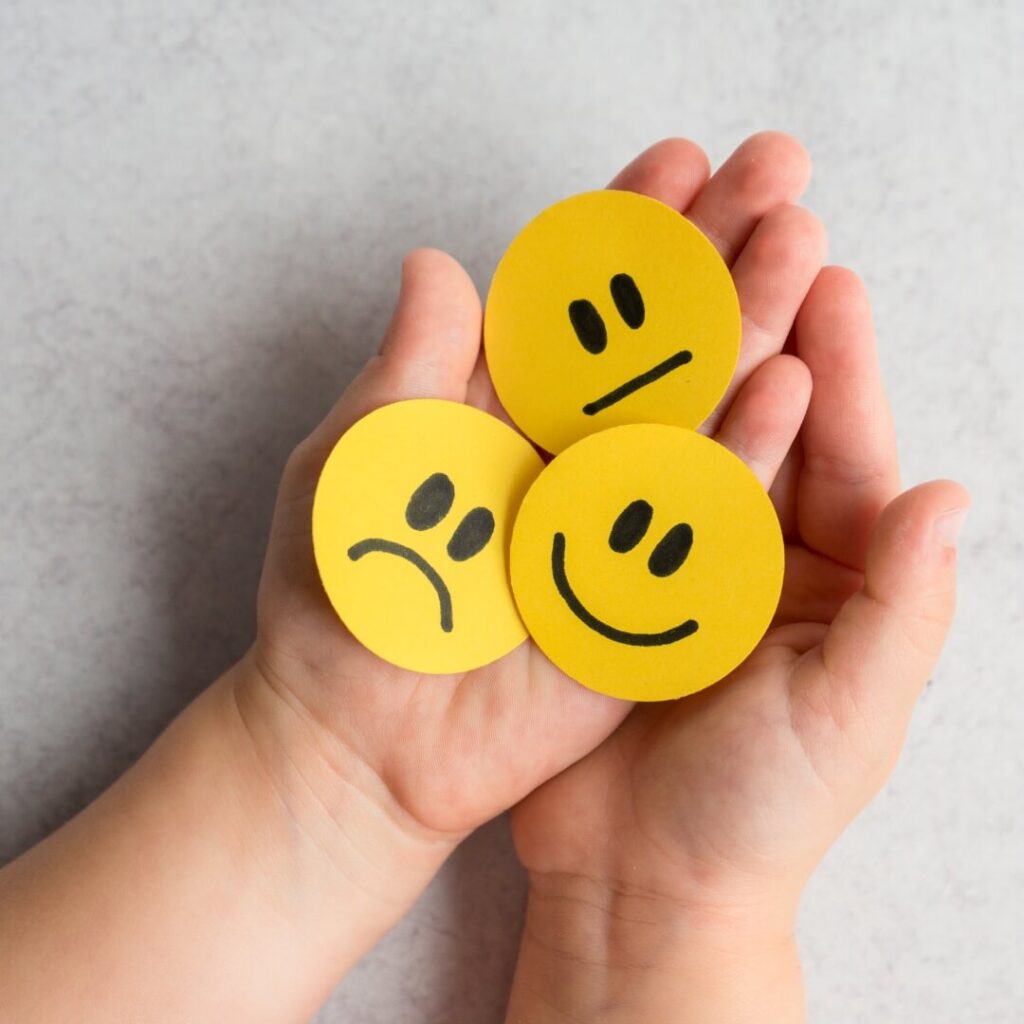We’ve all done it – brushed off sadness with a fake smile, swallowed anger to “keep the peace,” or drowned stress in endless scrolling. But ignoring emotions doesn’t make them disappear. Instead, they sneak into our bodies as tension, headaches, restless sleep, or even burnout.
Emotion are signals. They’re not the enemy. They’re gentle nudges (and sometimes loud alarms) telling us something about what we need. When we don’t recognize them, we miss the chance to listen to ourselves.
What if we looked at emotions differently – not as problems to fix, but as teachers?
When we pause long enough to ask,“What is this emotion here to tell me?” we open the door to deeper self-understanding.
There’s something surprisingly powerful about saying, “I feel anxious,” or “I feel hopeful.” Research shows that naming emotions helps calm the nervous system, but beyond science, it just feels grounding.
Think of it like this: emotions are like kids tugging at your sleeve. The moment you kneel down and say, “I see you,” they soften. They don’t need to scream anymore.
Recognizing emotions doesn’t just make you “feel better” – it changes the way you live.
Emotional awareness is what helps you live with intention instead of autopilot.

You don’t need to carve out hours of meditation to connect with your emotions. Start small.
When you feel a wave of emotion, pause for a slow inhale and exhale. Ask yourself: What am I feeling right now?
Grab a notebook and write down whatever’s present – messy, unedited, real. Sometimes the act of writing brings clarity you didn’t know you needed.
Your body speaks when your mind is silent. Notice tightness in your chest, heaviness in your shoulders, or butterflies in your stomach. What feeling might they be carrying?
Instead of saying “I am anxious,” try “I’m noticing anxiety.” That small shift remind you that emotions are experiences, not your identity.
Voicing emotions out loud – whether to a friend, partner, or therapist – can make them feel lighter. Sometimes all we need is to be heard.
Recognizing your emotions is really about giving yourself permission to be human. To feel deeply. To not always have it together. To honor the inner signals that guide you toward balance, healing, and connection.
When you practice emotional honesty, you don’t just become more mindful – you become more alive. And in a world that often asks us to hide or push through, that’s a radical act of self-care.
Claim your FREEBIES today and make every visit to Regarding You even more special!